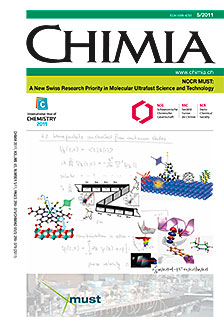Time-Resolved Electronic Spectra with Efficient Quantum Dynamics Methods
DOI:
https://doi.org/10.2533/chimia.2011.334Keywords:
Pump-probe, Quantum dynamics, Semiclassical approximation, Split-operator method, Stimulated emissionAbstract
We explore three specific approaches for speeding up the calculation of quantum time correlation functions needed for time-resolved electronic spectra. The first relies on finding a minimum set of sufficiently accurate electronic surfaces. The second increases the time step required for convergence of exact quantum simulations by using different split-step algorithms to solve the time-dependent Schrödinger equation. The third approach lowers the number of trajectories needed for convergence of approximate semiclassical dynamics methods.Downloads
Published
2011-05-26
Issue
Section
Scientific Articles
License
Copyright (c) 2011 Swiss Chemical Society

This work is licensed under a Creative Commons Attribution-NonCommercial 4.0 International License.
How to Cite
[1]
M. Wehrle, M. Šulc, J. Vaníček, Chimia 2011, 65, 334, DOI: 10.2533/chimia.2011.334.







